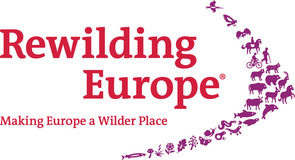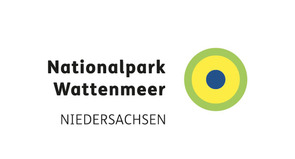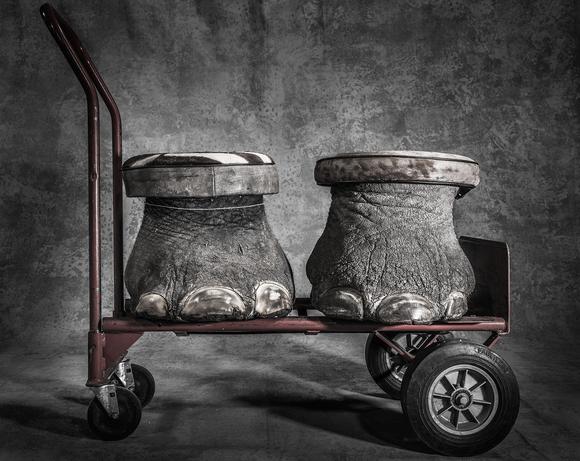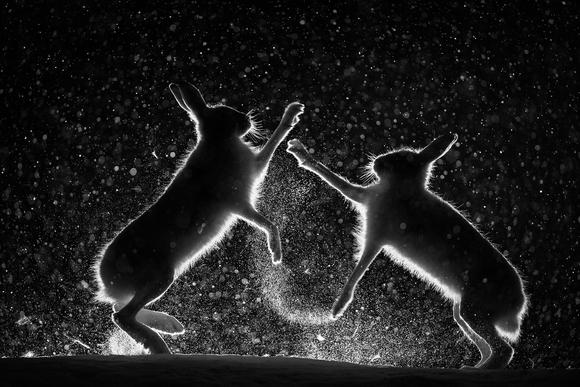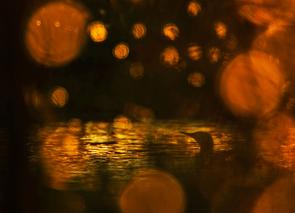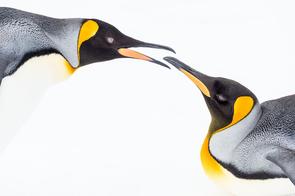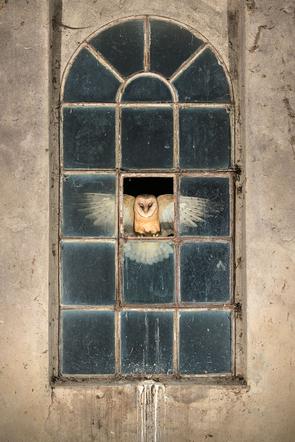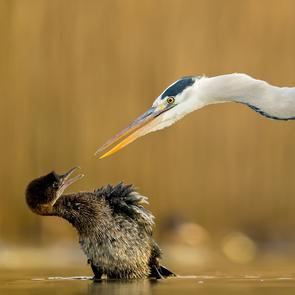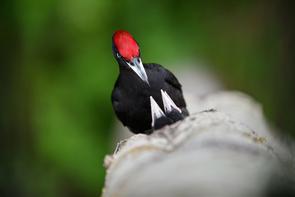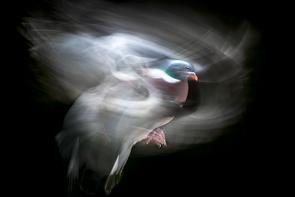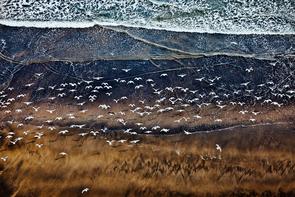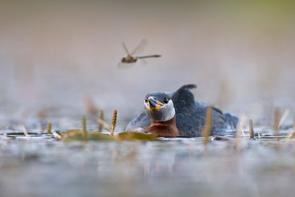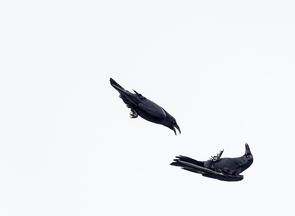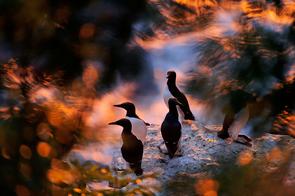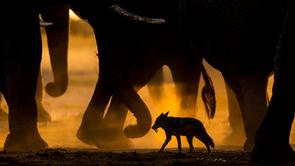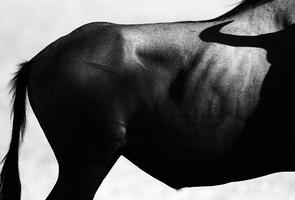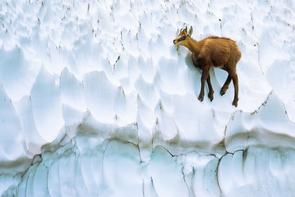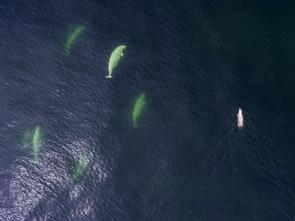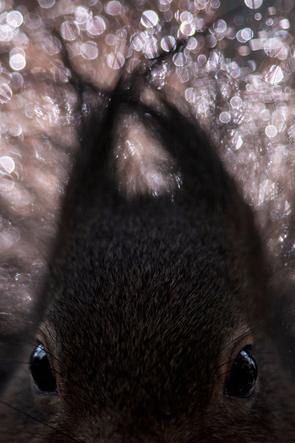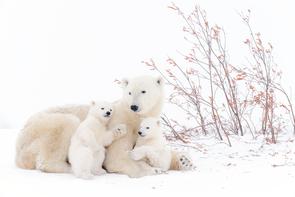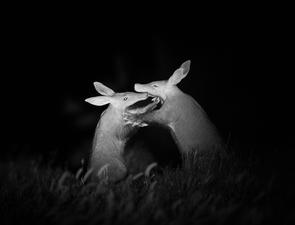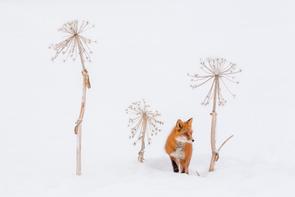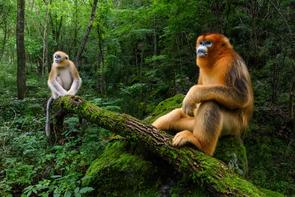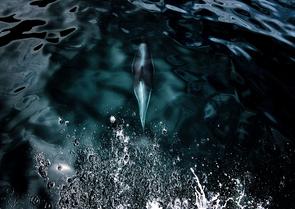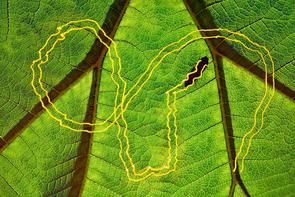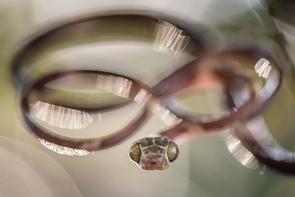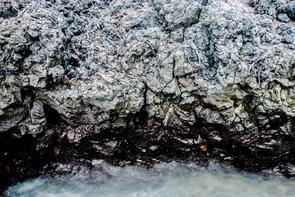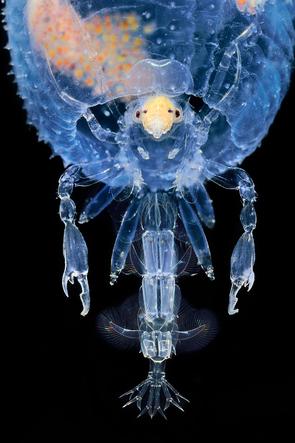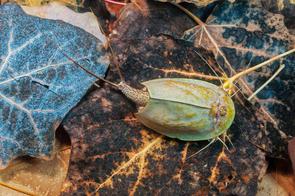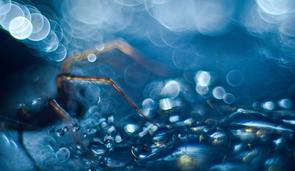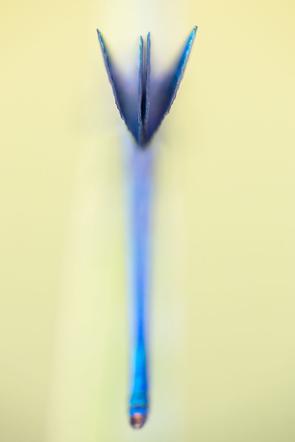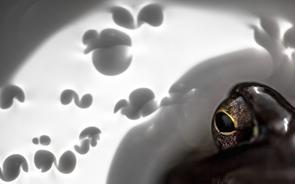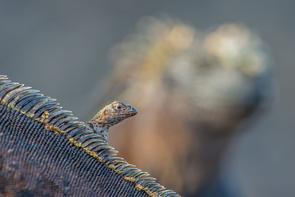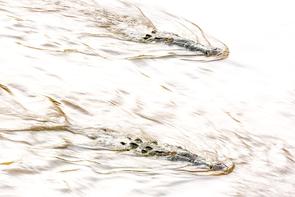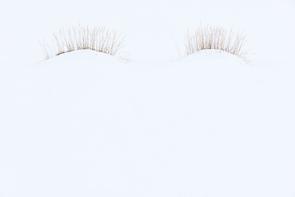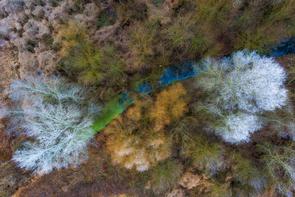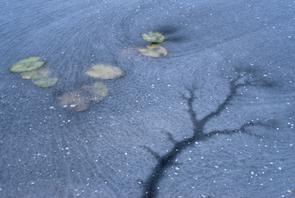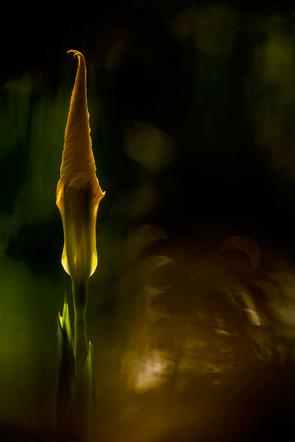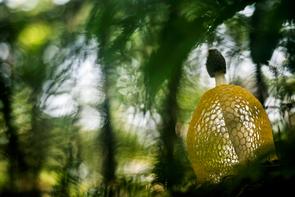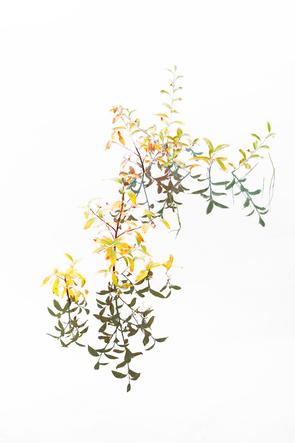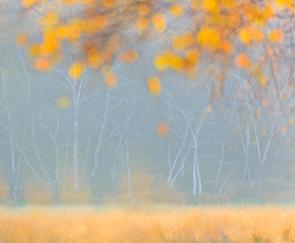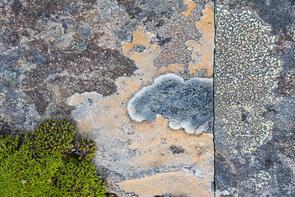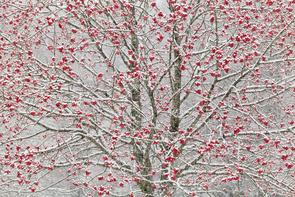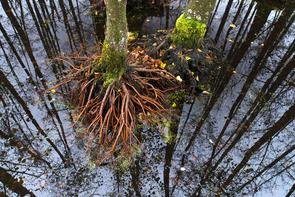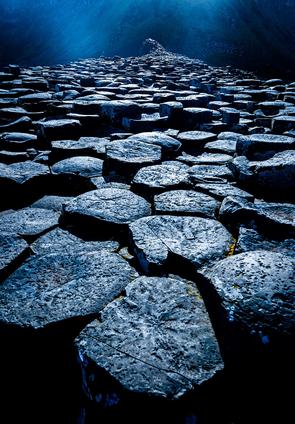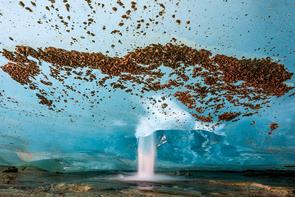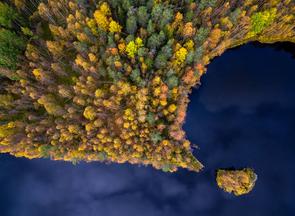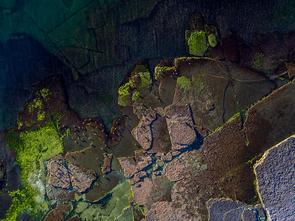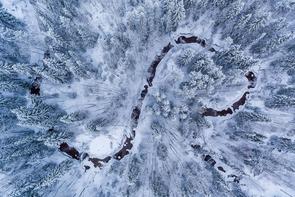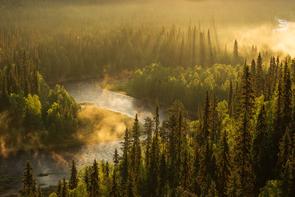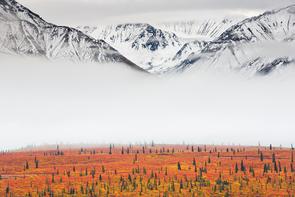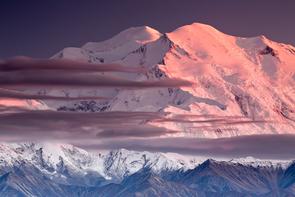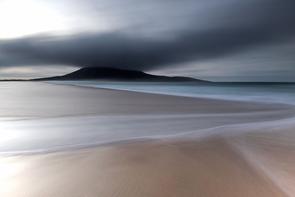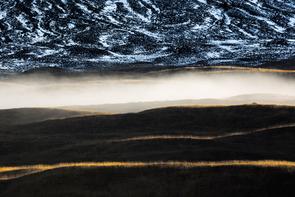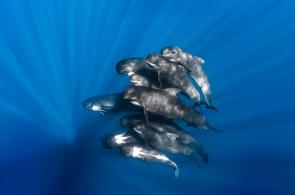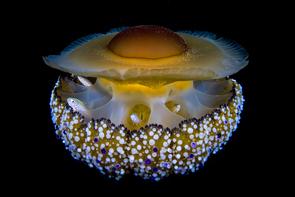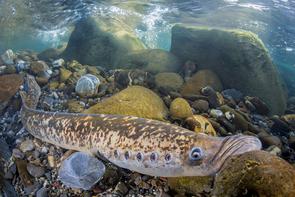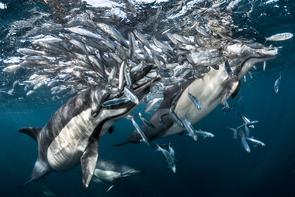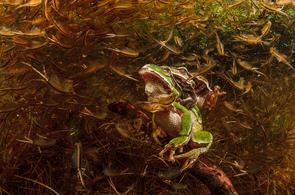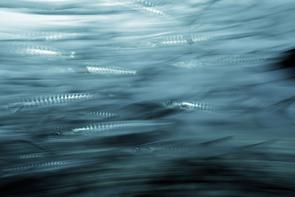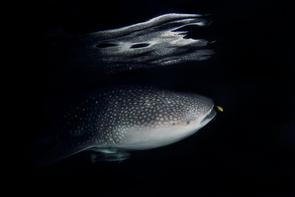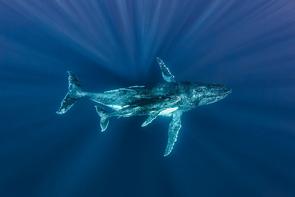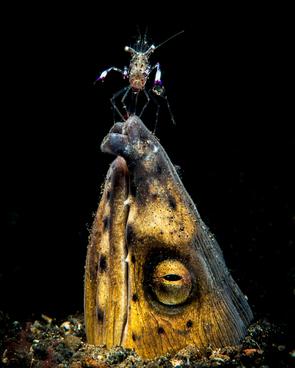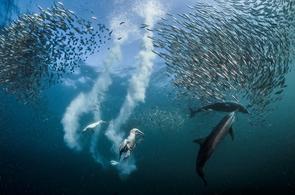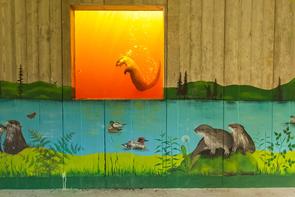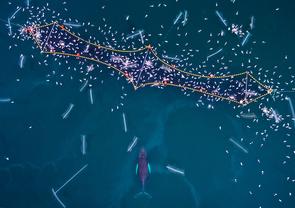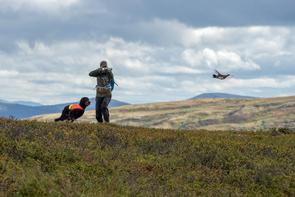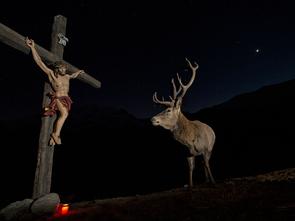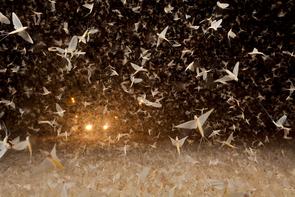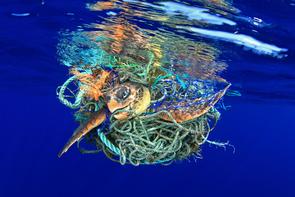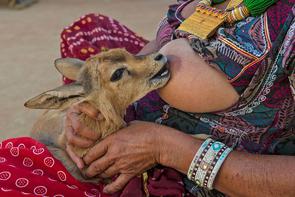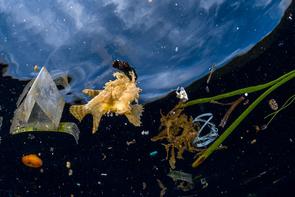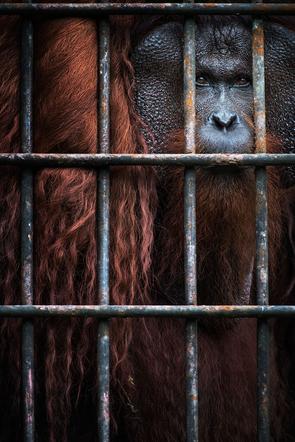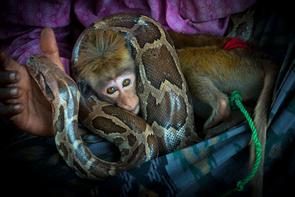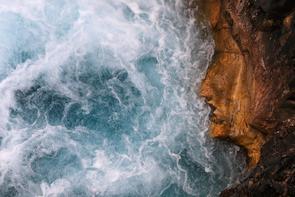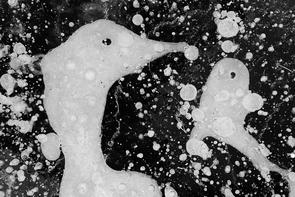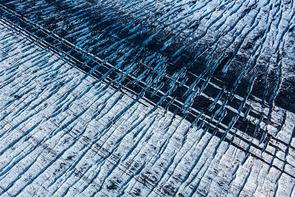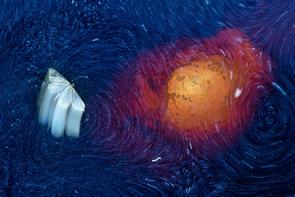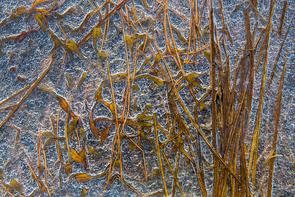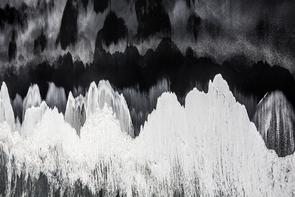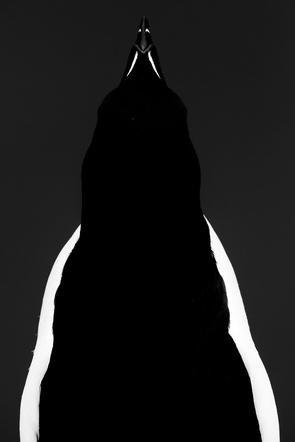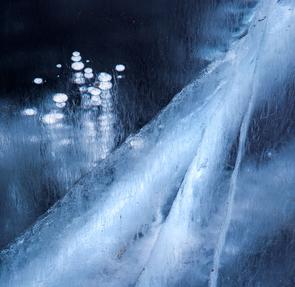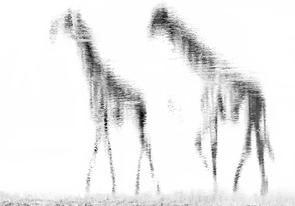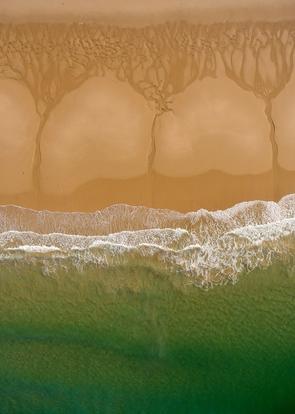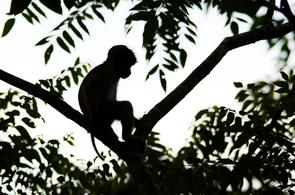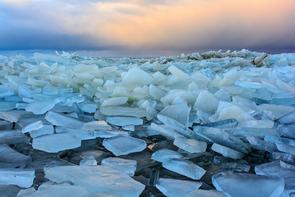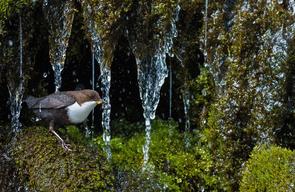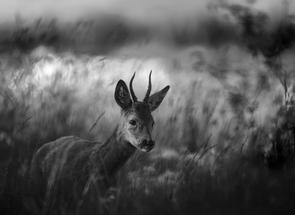Overall Winners
The Society of German Nature Photographers (GDT) presents the award-winning images of the competition ‘European Wildlife Photographer of the Year 2017’ - unprecedented in the competition's history, two overall winners have been awarded -Britta Jaschinksi | Confiscated
These two stools stand for the many deeply disturbing items that are being smuggled by people all over the world. The U.S. Fish and Wildlife Service stores 1.5 million seized items at a warehouse in Denver, Colorado. Trolleys are used to move the confiscated items around the warehouse.
I placed the body parts on this backdrop to give some dignity to the objects and pay respect to the animals that lose their lives in the name of status, greed and superstition.
Nikon D810, 2.8/24-70mm, ISO 500, tripod, Pro LED light
Erlend Haarberg | Snow spat
Over the past 25 years I have spent a lot of time in spring in the mountains of central Norway photographing hares in the upland birch forests. These animals are nocturnal – even during the mating season most activities take place under the cover of darkness. Fights between males – be it for food or a female – occur regularly, but because of their nocturnal habits, are rarely observed.
I have tried for a long time to capture such a near-perfect image as this one. The hares have taken up a perfect position, and a soft snow fall emphasizes the magic of the moment.
Nikon D800E, 2.8/300mm, ISO 3200, tripod, 1000W flood light
Introductory note to the Competition European Wildlife Photographer of the year 2017
from Prof. Dr. Beate Jessel
The award-winning photographs of the competition “European Wildlife Photographer of the Year” are an exceptional selection of thrilling, funny, poetic and inspiring images. This year, I am once more impressed by the diversity of subjects and great artistic execution of photographs, which reflect the many faces of Nature, often from surprising and uncommon points of view. Their emotional power shows once more the crucial role of nature photography: it transports the fascination that Nature exerts on us, and thus contributes to better understanding and greater awareness for the need of protection. For the first time in the 17 years of its existence, this competition has two overall winners. These are entirely different in content and expression – and still, there is a special harmony between them. With the two mountain hares (Lepus timidus), Erlend Haarberg from Norway has successfully captured a rare subject. Rare, because mountain hares in Norway are listed as a species vulnerable to extinction; the variety of mountain hares local to the German Alps is especially endangered. It is also rare because the nocturnal mountain hares with their impeccable white fur are perfectly camouflaged in the darkness. No shadow gives away their presence in the snowy landscape. In a very aesthetic way, this nature photograph conveys power and vitality, and also a feeling of something mystic and special. This is even more true as the viewer, through perspective and backlight, feels like a secretive observer. In the second winning photograph, German photographer Britta Jaschinski, who has been based in London for a long time, documents the brutality against Nature in such an artistic way that the subject attracts almost magical attention. The effect of these two confiscated stools made from elephant feet and zebra skin on a trolley is captivating and depressing at the same time. They are a prime example for the massive demand for wildlife products. Monitoring and controlling international trade with endangered species of wild animals and plants is the goal of the Washington Convention on International Trade in Endangered Species of Wild Fauna and Flora (CITES) from 1973. In 2017, the implementation of this treaty remains a great challenge as trade is a key threat to the survival of species in the wild. Together, the two winning images help us visualize the vitality and power of Nature, but also her vulnerability. They underscore our responsibility to take care of Nature and to make sure that our children can still enjoy her diversity to the full. Now I would like to invite you to marvel at the award-winning images and allow yourself to be inspired. Each one of the images here has a story to tell, and I would be happy if you also found ways to renew your awareness for the many little nature stories in everyday life.
Prof. Dr. Beate Jessel
President of the Federal Agency for Nature Conservation
Jury's comment
from Kathy MoranFew experiences are as subjective, humbling, maddening, enlightening and ultimately rewarding as judging a photo contest, especially one as prestigious as the European Wildlife Photographer of the Year. Throw together a jury comprised of photographers from vastly different backgrounds and a lone photo editor and sparks are guaranteed to fly. But from the sparks comes passionate debate, informed reasoning, good humor, and the shared desire to elevate and reward great natural history photography. My fellow jurors were the immensely talented Isabel Diez, Audun Rikardsen, Werner Bollmann and Jonathan Lhoir.
To say that I left Potsdam feeling that I had been challenged in wonderful ways is an understatement. It was a reminder that we all learn from each other, that every encounter is an opportunity to consider photography through fresh eyes. I am sure while we were doing the pre-judging, it was easy to imagine ourselves as the super juror with all the answers. But sitting in that dark room during the final judging, it was clear that only together could we arrive at the surprising conclusion of this year’s competition – two overall winners – Erlend Haarberg’s dynamic “Fighting Hares” and Britta Jaschinski’s haunting “Foot Stools”.
So, how did we arrive at this unorthodox arrangement? It is certainly a first in the history of the competition. It wasn’t an easy decision and it absolutely wasn’t for lack of opinions or weakness of conviction. As a jury we realized that we were all moving towards the same conclusion – that natural history photographers and competitions are struggling with the desire to make and honor beautiful images of wildlife and wild places while at the same time wanting to acknowledge photographs that can either start a conversation, ignite controversy or, more importantly, impact conservation outcomes. As photographers, editors and jurors, how do we strike that balance between awarding a unique aesthetic versus serious content? That was our dilemma and ultimately our salvation. We never doubted that Erlend and Britta’s photographs were the clear winners in their respective categories of Mammals and Man and Nature. While all the category winners are outstanding, these two images rose to the top again and again. And, then the great debate began!
We have seen countless photographs of hares fighting and sadly we have seen far too many photographs of poached wildlife. So, what was it about these two photographs that had us in such a conundrum? Erlend’s hares are pure magic, a moment snatched in the dead of night, the only time that Norwegian hares fight. By shooting in B&W, he makes us focus on the form, the energy, the explosion of snow. The backlight and shadows make the hares appear larger than life as they spare, intent on their battle, not the photographer. The dark is drawn back and the nighttime shenanigans are revealed. The photograph is technically and aesthetically perfect, that aha moment in wildlife photography when all the elements come together. Erlend has spent 25 years in the mountains of central Norway documenting hares in the upland birch forests. To arrive at this photograph must make every one of those years worth the wait.
Unlike Erlend, Britta is in complete control of her photographic situation. Well, that is an understatement since, unlike Erlend, she had to navigate the bureaucracy of the U.S. Fish and Wildlife Service. Once permits were secured, she went to work. While Erlend’s hares delight, Britta’s elephant feet simultaneously repulse and arrest the viewer. By placing the feet on the trolley against a specially painted backdrop, Britta hoped to convey a sense of respect, to restore dignity to the animals that lost their lives, in her words, “in the name of status, greed and superstition.” All the prep work aside, this is a surprisingly straightforward image. While Britta’s lighting, her composition, her choice of content clearly places this in the Jaschinski portfolio, it is the presence of the feet that holds the photograph together. Pure and simple. This photograph needs nothing more to engage the viewer, to inform, to shock and to sadden us.
When viewed side by side, several things about the photographs immediately stood out. Both photographs are in B&W. Both have two main characters. Both clearly were made by photographers operating technically and aesthetically at the top of their game. And, when seen together, there is a quirky and unexpected symmetry to the photographs. The two rabbits and the two feet, one image delightful, one image horrific, two sides of a coin, both B&W. We talked ourselves in and out of the photographs, round and round. Do we award the moment? Do we award the content? I no longer remember who first suggested a dual award, but once uttered, there was no going back. We had no qualms about rewarding both images. In fact, we felt that to acknowledge such strikingly different photographs was the best way forward for the competition, to honor the heritage of pure natural history photography while embracing the striking need for more conservation storytelling. We hope that you agree.
While I have focused on the surprise of two winners, I would be remiss to not highlight the category winners. Some are humorous, some are abstract, some capture striking moments in nature. As always, the youth categories simply delight. It was a privilege to review every single image submitted to the competition and it was a honor to be part of a jury that awarded the selected photographs.
On behalf of the jury
Kathy Moran
We´d like to thank our sponsors:









